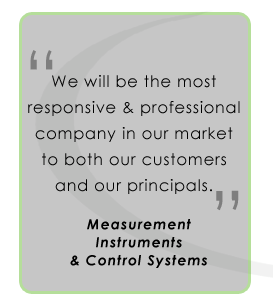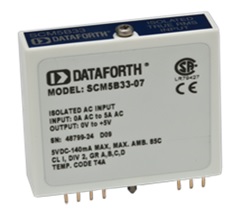|
Dataforth Tech Note
Special shielded wires, protective conduits, shielded cable trays together with isolation methods and proper grounding techniques often help minimize the effects of these detrimental induced noise levels. It is, however, an unfortunate fact that in many cases such prevention techniques do not adequately reduce all these induced noise signals. Often preventative techniques that are successful in one area of a facility fail when applied in another area. For example, techniques used in the third floor dye room, may fail in the basement welding shop.
Noise filters embedded within signal conditioning modules provide one of the most effective methods used to attenuate induced noise signals. The transmission (direct or 4-20mA) of industrial process measurements such as temperature, pressure, strain, position, speed, level, etc are typically in the low frequency range and require low pass (LP) filters to eliminate high frequency induced noise. Low pass filters transmit all signals below a cutoff frequency and prevent signal transmission above this cutoff point.
Low pass filters are typically characterized by...
CLICK HERE to read the entire tech note.
|



